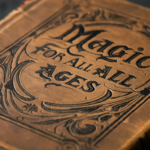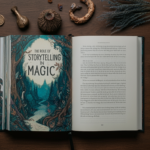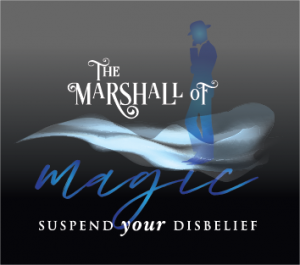Magic has always captivated audiences with its ability to challenge our perception of reality. Among the many illusions that magicians perform, levitation stands out as one of the most mesmerizing. The sight of a human or object floating in mid-air, defying the laws of physics, leaves audiences in awe and wonder. But what goes into creating such an illusion? How do magicians make the impossible seem possible?
The History of Levitation in Magic
Levitation is one of the oldest tricks in the magician’s repertoire. Its roots can be traced back to ancient times, where myths and legends often spoke of individuals who could float or fly. In the 19th century, magicians like Harry Kellar and John Nevil Maskelyne brought levitation to the stage, stunning audiences with their seemingly supernatural abilities.
Kellar’s version of the trick involved a young woman who appeared to float several feet above the stage, supported only by a wand. Maskelyne’s version, known as “The Levitation of Princess Karnac,” took this a step further, with the assistant rising even higher and seemingly without any support at all. These early performances set the stage for future magicians to push the boundaries of what was possible with levitation.
The Mechanics Behind the Magic
While the mystery is part of the magic, it’s important to understand that levitation tricks rely on a combination of clever engineering, misdirection, and showmanship. There are several methods magicians use to create the illusion of levitation:
- Invisible Wires: One of the most common methods involves the use of nearly invisible wires or threads that can support the weight of the object or person being levitated. These wires are often made of extremely thin materials like Kevlar or tungsten and are painted to match the background, making them almost impossible to see.
- Hidden Platforms: Another technique involves hidden platforms or supports that are cleverly disguised. These can be anything from a small platform hidden under a flowing robe to a piece of stage machinery that lifts the magician or their assistant off the ground.
- Optical Illusions: Sometimes, the trick is all in the angle. By manipulating the perspective from which the audience views the stage, magicians can make it appear as though something is floating when it’s actually resting on a hidden support.
- Magnetic Fields: In more advanced illusions, magnets or other electromagnetic devices may be used to create a real levitation effect, albeit for lighter objects. This method, while less common, is an example of how modern technology can enhance traditional magic.
The Role of Misdirection
Even with all these tools at their disposal, magicians still rely heavily on misdirection. This is the art of drawing the audience’s attention away from the method and toward the effect. For example, a magician might make a grand gesture with one hand while secretly activating a mechanism with the other. The audience, focused on the magician’s movements, misses the subtle actions that make the illusion possible.
Lighting, sound effects, and even the magician’s patter all contribute to this misdirection. By controlling what the audience sees, hears, and thinks about, the magician creates a bubble of illusion where the impossible seems real.
The Magic of Showmanship
At the end of the day, levitation is as much about showmanship as it is about the mechanics of the trick. A skilled magician knows how to build suspense, engage the audience, and deliver the illusion in a way that maximizes its impact. The best magicians don’t just perform tricks; they tell stories, create emotions, and leave their audiences with memories of a magical experience.
Conclusion
Levitation remains one of the most powerful and awe-inspiring tricks in a magician’s arsenal. While the methods may vary, the effect is always the same: a moment of pure wonder where the laws of nature seem to bend and break. The next time you see a magician make something float, remember that you’re witnessing the result of centuries of innovation, artistry, and a little bit of magic.






